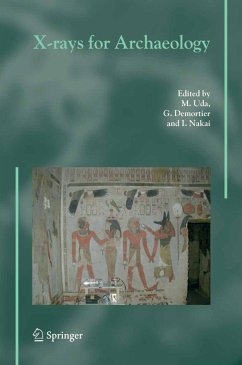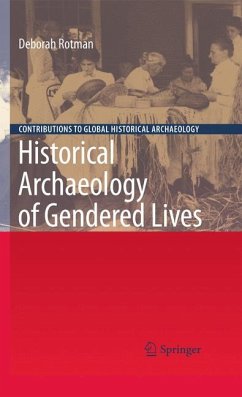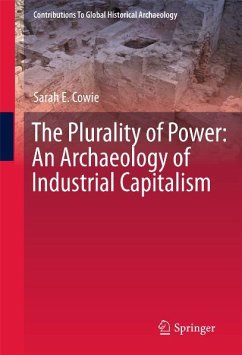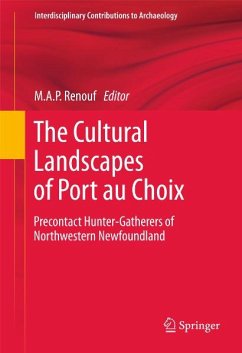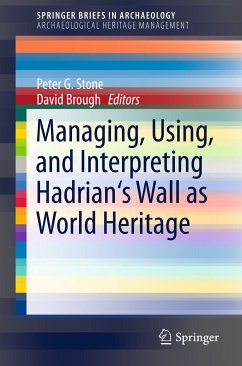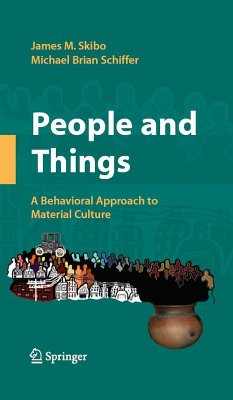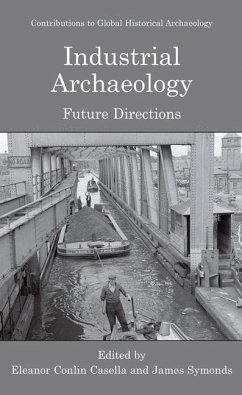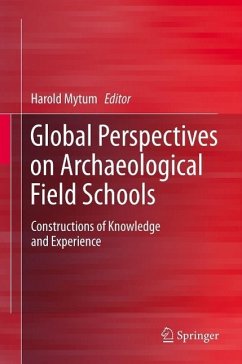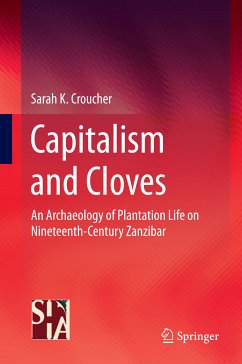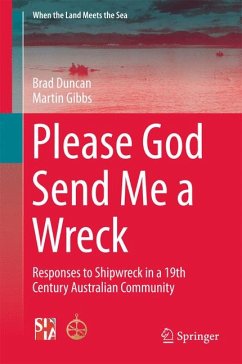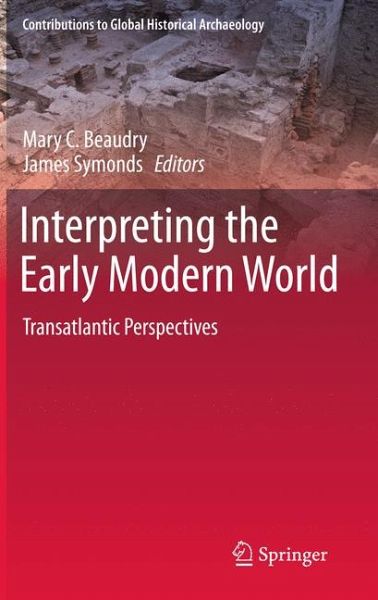
Interpreting the Early Modern World (eBook, PDF)
Transatlantic Perspectives
Redaktion: Beaudry, Mary C.; Symonds, James
Versandkostenfrei!
Sofort per Download lieferbar
72,95 €
inkl. MwSt.
Weitere Ausgaben:

PAYBACK Punkte
36 °P sammeln!
Interpretive archaeology - meaning the interpretation (social science as opposed to hard science) of archaeology and archaeological artifacts - has predominantly been the realm of prehistoric archaeologists. Many historical archaeologists are participating in this disciplinary shift from processualism to post-processualism and interpretation, but to date few have called their work interpretive archaeology.This volume is based on a session at the Society for Historical Archaeology meeting in 2005. The organizers - now editors - brought together historical archaeologists from both the UK and the...
Interpretive archaeology - meaning the interpretation (social science as opposed to hard science) of archaeology and archaeological artifacts - has predominantly been the realm of prehistoric archaeologists. Many historical archaeologists are participating in this disciplinary shift from processualism to post-processualism and interpretation, but to date few have called their work interpretive archaeology.
This volume is based on a session at the Society for Historical Archaeology meeting in 2005. The organizers - now editors - brought together historical archaeologists from both the UK and the US working in the same areas (industrial landscape, monuments, etc.) but because of their country-based training, their work arises out of differing intellectual traditions. The chapters in each section do not stand in isolation; rather, the authors exchange ideas about what each other has written. They construct dialogues about theories and practices that inform interpretive archaeology on either side of the Atlantic, ends with commentary by two well-known names in interpretive archaeology in the UK and in the States.
This volume is based on a session at the Society for Historical Archaeology meeting in 2005. The organizers - now editors - brought together historical archaeologists from both the UK and the US working in the same areas (industrial landscape, monuments, etc.) but because of their country-based training, their work arises out of differing intellectual traditions. The chapters in each section do not stand in isolation; rather, the authors exchange ideas about what each other has written. They construct dialogues about theories and practices that inform interpretive archaeology on either side of the Atlantic, ends with commentary by two well-known names in interpretive archaeology in the UK and in the States.
Dieser Download kann aus rechtlichen Gründen nur mit Rechnungsadresse in A, B, BG, CY, CZ, D, DK, EW, E, FIN, F, GR, HR, H, IRL, I, LT, L, LR, M, NL, PL, P, R, S, SLO, SK ausgeliefert werden.



